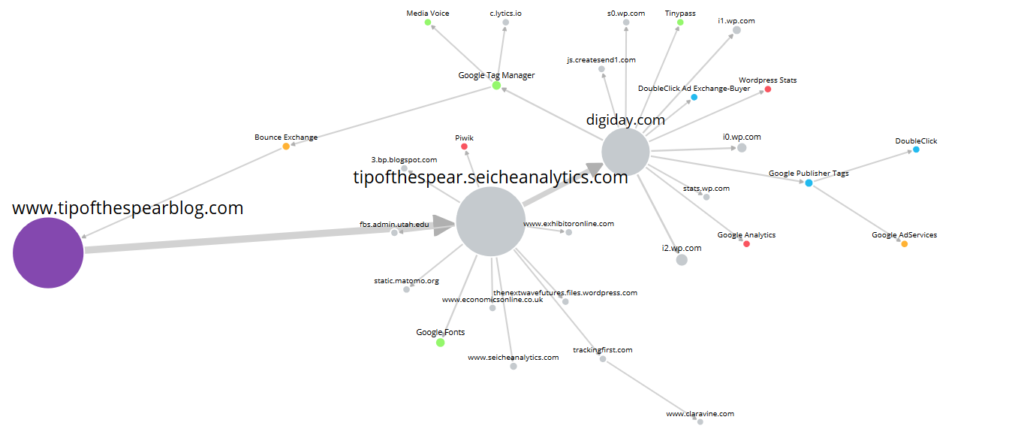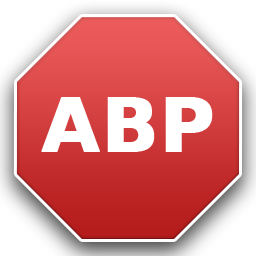The latest from Encima but a long-time in the making….hopefully more digital analysts and marketers will consider Piwik as an open source alternative to sharing their precious customer data with G. And of course, the DAA is doing some great things for the industry and we want to be a part of that. Special thanks to David Clunes for his vision and support on this initiative.
 Newark, DE – August 18, 2014 – Analytics consultancy The Encima Group, is pleased to announce the donation of several thousand dollars in referral fees earned through the recent recommendation and subsequent implementation of Signal’s technology platform. Signal’s Tag Management system (formerly BrightTag) was chosen by two of Encima’s major pharmaceutical clients as the best-in-class tag management solution. For one Encima client, their prior tag management system took too much time to use and was expensive. It was replaced with Signal and the client is already seeing ongoing tag maintenance now taking less than 10% of the time that it did before. For another client, Signal was deployed together with an enterprise site analytics solution across several high-profile Web sites making ongoing tag maintenance a snap.
Newark, DE – August 18, 2014 – Analytics consultancy The Encima Group, is pleased to announce the donation of several thousand dollars in referral fees earned through the recent recommendation and subsequent implementation of Signal’s technology platform. Signal’s Tag Management system (formerly BrightTag) was chosen by two of Encima’s major pharmaceutical clients as the best-in-class tag management solution. For one Encima client, their prior tag management system took too much time to use and was expensive. It was replaced with Signal and the client is already seeing ongoing tag maintenance now taking less than 10% of the time that it did before. For another client, Signal was deployed together with an enterprise site analytics solution across several high-profile Web sites making ongoing tag maintenance a snap.
David Clunes, CEO and Founder of The Encima Group explains, “With technology vendors often jockeying on new capabilities, we prefer let them do what they do best without getting caught up. We purposefully do not recommend the technology platforms that make us the most money, instead we recommend what is best for our client’s long-term analytics success. Donations like this help us continue to maintain our neutrality – all while doing some good for the industry.”
The Encima Group, known best for its independent analytics and digital operations services often finds itself recommending platforms for clients. Sometimes viewed as another value-added reseller, The Encima Group sees itself as an extension of their clients’ organizations and vigorously maintains its “Switzerland” status. That sensibility extends from the firm’s analytics practice which uniquely eschews agency media buying and creative services to focus on providing clients with both objective performance reporting and unbiased campaign optimization recommendation.
Clunes continues, “When it comes to analytics, more objectivity is always a good thing. We feel that this is a great way of paying it forward and that hopefully other firms get the idea.” By sharing the referral fees that it earned, Encima is simultaneously investing in two worthy causes known to analytics professionals worldwide: The Digital Analytics Association, a global organization for digital analytics professionals and Piwik, the globally popular open source Web analytics platform.
“The Digital Analytics Association is thrilled by the Encima Group’s donation,” said DAA Board Chair, Jim Sterne. “The funds will be added to our general fund to benefit all members of the DAA. We hope that others in the space will follow Encima’s leadership in this area.” For Piwik, the funds will be used to facilitate continued development of this open-source platform. Available as an alternative to sharing with 3rd parties, Piwik allows digital marketers to control their Web site behavioral data. Maciej Zawadziński, of the Piwik Core Development Team says, “This is great and will help us to further develop an alternative free Web analytics platform.”
About The Encima Group
The Encima Group is an independent analytics consultancy that was recently recognized for its successful growth in the Inc. 5000 (ranking in top 25%). The Encima Group’s mission really is about actionable analytics and flawless execution. Offering an integrated suite of services around multi-channel measurement, tag management, dashboards, technology strategy consulting and marketing operational support, The Encima Group pioneered the notion of Data Stewardship. The Encima Group is based in Newark, DE with offices in Princeton, NJ and Chicago, IL. Its client roster includes leading pharmaceutical companies like Bristol-Myers Squibb, Shire Pharmaceuticals, Otsuka, AstraZeneca and Novo Nordisk.
For more information about The Encima Group, visit www.encimagroup.com. For more information about Signal visit www.signal.co, for Piwki visit www.piwik.org and for the Digital Analytics Association visit www.digitalanalyticsassociation.com.
Media Contact(s)
Jason Mo, Director of Business Development (jmo AT encimagroup DOT com); phone (919) 308-5309; Domenico Tassone, VP Digital Capabilities (dtassone AT encimagroup DOT com); Phone.













